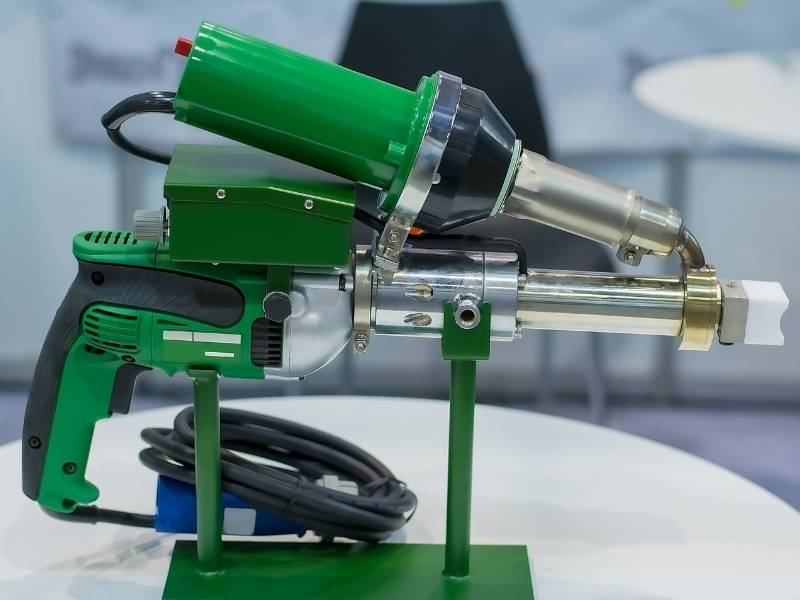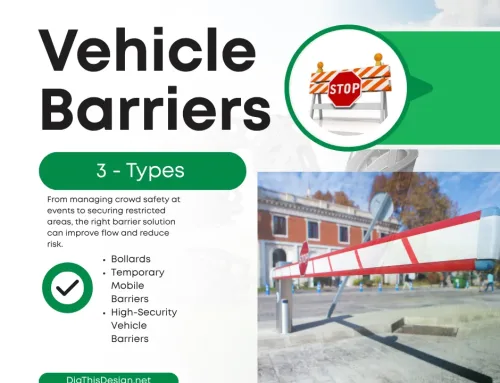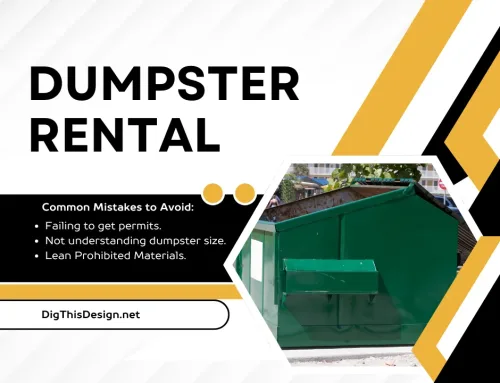There’s a debate about the use of heat staking vs ultrasonic welding equipment for plastic assembly that’s been going on for quite a while.
So to finally settle the score, let’s discuss and distinguish these tools and help you decide what works for you best.
Heat Staking vs Ultrasonic Welding

Heat Staking
First, heat staking or hot riveting is the process of permanently fastening two workpieces using heat and pressure.
Hot riveting methods allow for a snug fit of rivets into holes which make for a stable joint. While the fastening itself is fixed, hot riveting machines can produce not only fixed joints but also free-moving ones, depending on the need.
To use a heat staking or heat forming machine, a thermoplastic material must be used for at least one of the components of the joints. This serves as the malleable part which is applied with heat and pressure.
The good thing about modern hot riveting tools is that there are several ways in which heat and pressure are applied, depending on the needs. These include hot stamping or conduction, hot air process or convection, and even through radiation and friction.
Heat staking machines provide a uniform, safe, and permanent way to fasten materials together without threading fasteners or basically just using non-permanent tools.
Ultrasonic Welding
Ultrasonic welding, on the other hand, uses high-frequency vibrations or sounds to generate enough heat to fasten materials together.
Originally, it was no contender for the hot riveting system because then, an ultrasonic welding machine was limited to producing only one type of rivet. But now, ultrasonic welding manufacturers have upped their game to allow the product to be a much more versatile tool.
While these kinds of machines are perfect for metal to plastic components, especially for car manufacturing, they are still more dangerous to be used for electrical components as compared to the much more precise heat staking tool.
Other Things to Consider
Now you’re familiar with the similarities and differences between the two machines. So, it’s time to give you a guide on what things to look for when shopping for the perfect fastening tool for industrial use.
⎆ Product
Perhaps the main consideration when choosing the right type of fastening machine is which product you plan to manufacture.
Again, ultrasonic welding methods work best with car manufacturing and similar components. However, when you need a little more precision and careful fitting, then, hot riveting tools are best.
⎆ Price
If you’re only just starting out, your finances would definitely be limited which means you must be a little more mindful about where your money goes.
Both types are fairly pricey. So, either way, you must weigh your options to see what tool you should buy or if it’s even the right time to buy at all.
Also, remember to never compromise on quality especially if you believe that you’re in it for the long haul.
⎆ Ease of Use
Ease of use is another big factor to consider because it leads to several other things that might make or literally break your products.
Ease of use naturally makes more efficient use of your time and cuts down cycle times. This lowers costs and, in turn, increases earnings by minimizing the time it takes to release the new product.
The ease of use, however, is not something you can determine by yourself. Rather it is determined by your workers who are already in the factories.
In fact, even if your heat staking tools cost much less than ultrasonics, if your operators don’t know how to use them, then you also must take that into consideration.
In Conclusion
Therefore, to answer the question about ultrasonic welding vs hot riveting methods, the right tool improves your efficiency and output, while the wrong choice could lead to bankruptcy.
It is our wish that this guide helps you make the right decision for your enterprise. If you have questions or suggestions, please tell us in the comments below. Also below, you will find links to other fantastic articles about ALL things DESIGN.
Images Courtesy of Canva.
Other Posts You Might Enjoy:
DIY Grill For Your Family Get-Togethers
5 Tips for Welding Without Mistakes
How To Choose The Best Garden Furniture For Your Outdoor Living Space
How To Add Roofing In Your Outdoor Area Without Entirely Closing The Space





